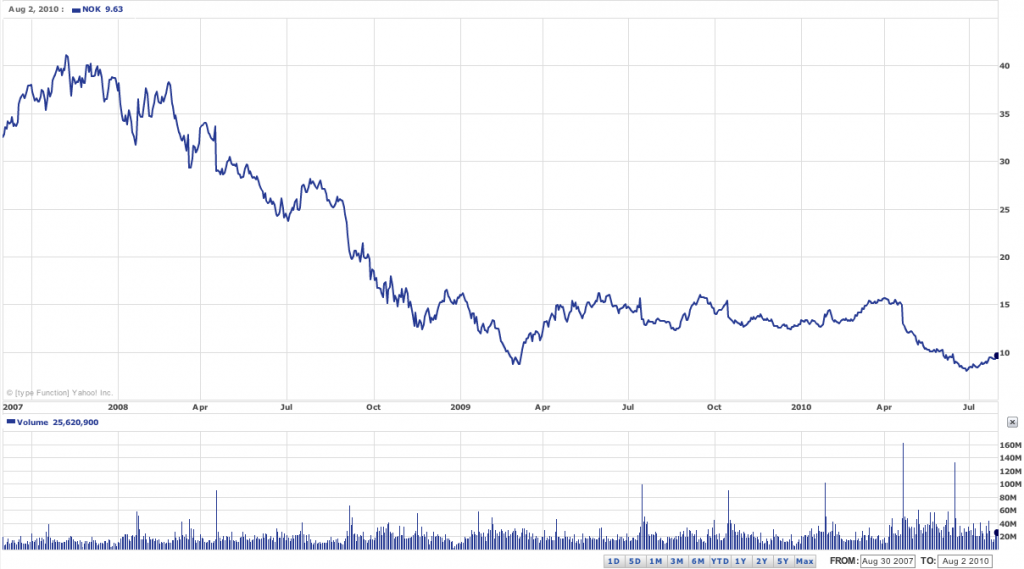If you’re male, then there is no excuse for being financially illiterate. Thanks to Fox Business Network.
Control Your Cash can make financial knowledge fun, accessible, and easy to digest, but Fox Business Network gives it a transcendent visual appeal that even a blog as good as this one can’t touch. In other words, the network is home to the most stunning women on television. All of them. They didn’t even bother hiring a Candy Crowley-type token to keep the other ones honest.
Yes, Control Your Cash makes no bones about how much we loathe news readers and their sensationalizing ilk. But the FBN women are hardly journalists in the “Miss County runner-up who does nothing but read a TelePrompTer and look confused when the weather guy throws it back to her with a joke” sense. Case in point, Shibani Joshi:
She’s a former Morgan Stanley investment banker with a Harvard MBA. Her father is vice president for manufacturing and engineering at Lucent, her mother is IT manager for an auto parts company, her husband is a vice president of a venture capital firm, and her father-in-law is a partner at one of the Big Four accounting firms. (So if you’re searching for the one non-industrious Indian on the planet, you’re going to have to keep looking.) In an ordinary gathering of several thousand people, Ms. Joshi would be easily the best-looking woman in the vicinity. On Fox Business Network, it’s all she can do to crack the top six.
This is Jenna Lee, who appears on the U.K.’s SkyNews in addition to her Fox Business duties:
Her father used to quarterback the Los Angeles Rams. Her mother is therefore the kind of woman whom a pro quarterback in Los Angeles in the 1970s would pursue. Ms. Lee is the beautiful one in the black dress.
The other beautiful one in the black dress is Alexis Glick, who also serves as the network’s vice president of business news. This woman is so confident that despite being blessed with a name seemingly engineered for a media personality (Alexis Donnelly), she adopted her husband’s onomatopoeic Dutch monosyllable/punch line surname. Here’s a more flattering picture:
What the hell, here’s all three of them:
Caption this photo. The best we could come up with was
“’Ladies, you’re hired. It’ll be the absolute worst Three Stooges remake ever, but who really cares?’”
At Control Your Cash, we understand money, not Nielsen ratings. Which is why we’re flabbergasted that CSI or NCIS or CDSIN or TCNIDS somehow manages to pull numbers on the order of dozens of times higher than that of the highest-rated Fox Business show.
We’re not close to done. This is Rebecca Diamond, nee Gomez.
Think of her as a slightly-but-not-overwhelmingly Hispanic version of Rachael Ray, only with a penchant for short skirts. And the body to carry it off. And an infinitely more agreeable voice.
She cohosts a show called Happy Hour, which begins when the market closes. The show is shot in a bar (the Bull & Bear, inside the Waldorf-Astoria.) With the exception of Front Sight Challenge, which was shot on a rifle range, the Bull & Bear is the single greatest set ever devised for a TV show. Nor would Mrs. Diamond’s outfit fly on a rifle range.
This is Sandra Smith, who on first appearance looks like she might be your garden-variety vapid news anchor:
Or not. She was director of sales at Terra Nova Institutional. That doesn’t mean she sat in a corner office reading the Neiman-Marcus catalog while sending slightly less attractive women out to call clients. It meant she handled investment management and hedge fund accounts. She traded equities and options, analyzed portfolios…all the stuff you can’t be bothered to do, which is why you’re reading Control Your Cash in the first place.
This is Nicole Petallides, who broadcasts from the NYSE floor every afternoon.
This woman is the Bob Costas of floor reporting. Impeccably coiffed, looks younger than her years, never makes a technical mistake, shops in the junior men’s section. Alright, 3 out of 4.
That leaves the undisputed queen of Fox Business’ groundbreaking coverage.
This is Liz Claman, who manages to fill out every positive stereotype of the brassy and voluptuous redhead. Ms. Claman, a spirited 45, (that’s her age, not our assessment of her looks on a scale from 0 to 10) serves as a daytime anchor with the irrepressibly professional David Asman, who clearly must be married to the most gorgeous woman in the universe.
Also, Ms. Claman’s Twitter feed is a wonderful mélange of upcoming interview tidbits coupled with stories about leopard-print pumps and her attempts at pole dancing. Hey, we’re just reporting, not editorializing.
Seriously, though, Claman’s responsible for interviewing some of business’ most insightful and renowned titans, everyone from Warren Buffett to Roger McNamee. She’s also made it into the pantheon of Historic World Smiles, joining the Mona Lisa, Ernie Banks, Cheryl Tiegs, the Cheshire Cat, the Ultra Brite Killer, and Michael Strahan.
Thanks to Mitch Kelly (Twitter.com/MitchKellyKDWN), who carries no credit-card debt and boasts a fixed-rate mortgage on the 2-bedroom house he bought at the bottom of the market, for inspiring this week’s post. Now email your cable company or watch DirecTV channel 359.
(See, it’s possible to write 800 words about hot women without being the least bit lecherous.)












